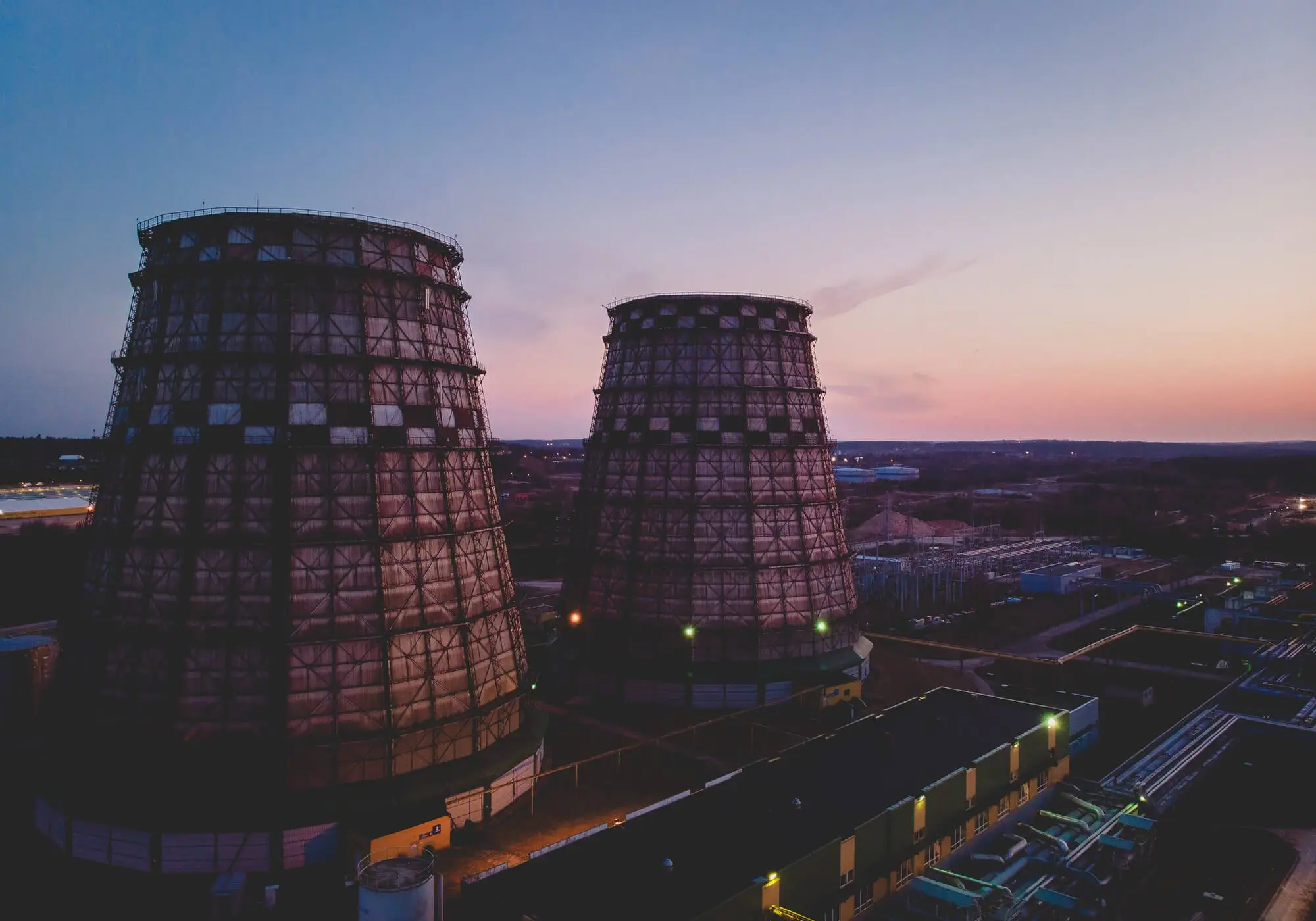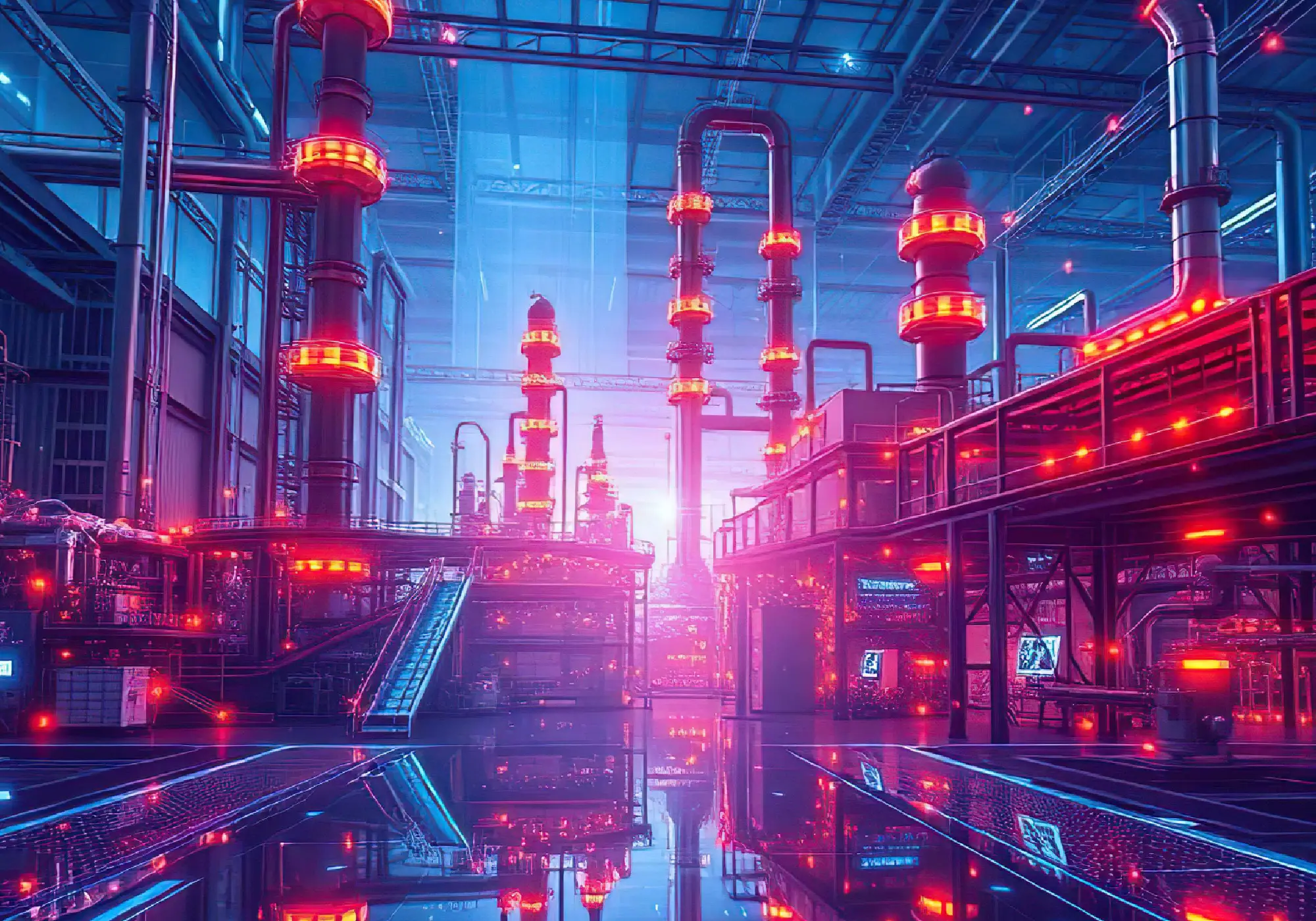Discover how nuclear power plants generate clean energy through fission, with robust safety measures ensuring reliability. Learn the process, debunk myths, and explore nuclear’s role in a sustainable future in this insightful blog post.
How to Learn Machine Learning Without a Computer Science Degree
Entering the field of machine learning without a computer science degree might seem daunting. Especially if you have a background in marketing, biology, or education. But you can totally get into ML, even if your degree is in something like business or the humanities. There are a lot of self-taught ML engineers. They come from different fields—such as psychology, graphic design, and more. In this post, I’m going to lay out a practical, step-by-step guide to help you master the essential concepts and tools of machine learning. We’re going to debunk some myths, showcase real success stories, and arm you with a solid 6 to 12-month learning plan. By the time you’re done, you’ll realize that your unique background isn’t a setback; it’s actually a strength in the world of AI and data science. Why Machine Learning is Accessible to Everyone Machine learning is shaking things up in 2025. It’s making an impact in areas like healthcare, marketing, and finance. And you don’t have to have a computer science degree to get involved. A lot of folks think you need to be a coding whiz or a math genius, but that’s just not the case. There are plenty of straightforward resources out there to help you get started. For example, Egor Howell. He’s a physicist who didn’t have a CS degree, but still managed to become a machine learning engineer. He taught himself and sent out over 300 job applications! His journey highlights that hard work can lead to great things. Machine learning has something to offer in various industries, and having a mix of viewpoints can lead to innovative solutions. As one of Self-Taught ML Engineer said; I started with no CS background, but persistence and the right resources led me to my dream job. For more such inspirational quotes visit our science quotes page. The World’s Demand and Opportunities for Non-CS Backgrounds Machine learning jobs are on the rise these days. Many companies such as Upstart are looking for talent from all sorts of educational backgrounds—not just someone with a computer science degree. A lot of these positions don’t demand extensive coding skills. Seriously! If you’ve got a good understanding of data and can use ML tools to fix real-world issues, you are already ahead of the game. So, what kinds of roles can you shoot for? Let’s dive into that! Building Your Foundational Skills If you are getting into the world of machine learning, a solid command of math and programming is very helpful. But don’t stress about being a pro right off the bat! Just knowing a few basic things can make a difference. It will help you fix your head around those ML algorithms and interpret the results a lot better. So, take it step by step, and you’ll get there! 1. Focus on Practical Math: Linear Algebra, Probability, and Statistics When it comes to machine learning, linear algebra, probability, and statistics are the foundations. But you don’t need to dive deep into the theory to get started. Linear algebra is very helpful for representing data with vectors and matrices, which is important for algorithms like neural networks. Consider image recognition as an example. They are basically matrices made up of pixel values that we process using matrix operations. Then there’s probability. It’s what helps models make predictions, like figuring out whether an email is spam or not. And let’s not forget statistics! It’s key for analyzing data, using things like the mean and standard deviation to summarize datasets or assess how well our models are doing. If you are looking for resources, check out 3Blue1Brown. They have some fantastic visual explanations that really help build your understanding. The infographics they offer on linear regression or probability distributions can be a game-changer. Ultimately, just focus on the practical applications; it makes these concepts even less intimidating as you embark on your ML journey! 2. Start Journey with Python Python is the most popular language for machine learning. It is user-friendly and comes with powerful libraries like NumPy, Pandas, Scikit-learn, and TensorFlow. You don’t have to do some web development to get started. Just get the basic knowledge of variables, loops, functions, and data structures like lists and dictionaries. If you’re wondering where to kick things off, check out resources like Coursera’s “Python for Everybody.” You can also read the book “Python Crash Course” by Eric Matthes. Those are solid starting points. You can also check YouTube channels like sentdex that offer great tutorials specifically for machine learning in Python. These resources simplify the learning process for beginners, making it easier to handle data and build models. Step-by-Step Roadmap to Learning ML: A 6–12-Month Plan Diving into machine learning without having a computer science degree is totally doable now! If you take it step by step, you can really make it happen. So, let’s lay out a roadmap that you can follow over the next 6 to 12 months. Phase 1: Start with Basics (Months 1–3) Start with the basics: learn basic Python and simple machine learning tools. Focus on: You will also learn important skills like data cleaning and exploration. Phase 2: Intermediate Skills and Building Your Portfolio (Months 4–8) Once you are comfortable with the basics, start learning bit advanced tools. Topics to cover: Start real projects and upload your work to Kaggle or GitHub. Show what you’ve learned with examples like: Phase 3: Advanced Topics and Specialization (Months 9–12+) Now you’re ready to go deeper and specialize in an area that interests you. You can explore: This is also a great time to try open-source projects, contribute to community forums, or build a capstone project that shows off everything you’ve learned. Essential Tools and Resources For machine learning, there are some key tools you should know about. TensorFlow and PyTorch are your first choices for deep learning. Then there are Pandas, which is very valuable for data manipulation, and Scikit-learn, which helps with all those algorithms you’ll be working with. If you
How Many Oceans in the World? Names, Facts, and Geography Explained
Oceans cover over 70% of the Earth. It is remarkable to think about how unbelievable it is. These vast, interconnected bodies of water shape everything from our climate to ecosystems and even human civilization itself. But here’s a question that comes up all the time: how many oceans are there really in the world? You might think the answer is simple, but the way we classify oceans has changed quite a bit over the years, leading to some lively debates among geographers and marine scientists. Formerly, we have heard about four major oceans: the Pacific, Atlantic, Indian, and Arctic. But then in 2000, things changed when the International Hydrographic Organization recognized a fifth ocean, the Southern Ocean, which hugs Antarctica. This was a big deal and really shook up the world of oceanography, giving us a new way to think about how we categorize the waters on our earth. Now, understanding oceans isn’t just about where they are on a map. It’s also about recognizing how crucial they are for everything, like weather patterns, biodiversity, and global trade. So, in this article, we’re going to dive into the five recognized oceans, exploring their names, geography, and why they’re significant. Moreover, we’ll clear up some history behind how we classify these oceans and tackle some burning questions about what makes each one unique. Let’s get started! How Many Oceans in the World? For centuries, scientists and explorers have been figuring out the oceans based on things like geography, trade routes, and where the continents are. Back in the day, they typically talked about just four main oceans. But these days? It’s all about recognizing five. So, what’s behind this change? Let’s dig into that and see why the Southern Ocean is now getting its due recognition. Aspect 4-Ocean Model 5-Ocean Model Recognized Oceans Pacific, Atlantic, Indian, Arctic Pacific, Atlantic, Indian, Arctic, Southern Historical Usage Traditional view used before the 21st century Adopted officially in 2000 by the International Hydrographic Organization (IHO) Southern Ocean Considered part of the Pacific, Atlantic, and Indian Oceans Recognized as a distinct ocean surrounding Antarctica Geographical Basis Continental separations Unique current system (Antarctic Circumpolar Current) Scientific Consensus Still used in some regions Widely accepted by NOAA, IHO, and oceanographers Educational Usage Found in older textbooks and regional curricula Found in modern geography and environmental sciences The five-ocean model really does make more sense with how we understand oceanography today. Still, it’s interesting that there are some differences depending on where you are. For example, some countries’ curricula exclude the Southern Ocean, viewing it as part of the Pacific, Atlantic, and Indian Oceans. Historical Perspective Back in ancient times, people saw all the waters of the world as one huge, endless ocean. Early Greek geographers, like Ptolemy, thought there was just one big ocean, using different names for various regions mainly to help with navigation. As explorers set sail and ventured further, they began to recognize the distinct bodies of water we know today. Then, during the Age of Exploration, which stretched from the 15th to the 18th centuries, European mapmakers really got into the nitty-gritty of mapping. They started drawing clear boundaries for the oceans, basing them on where the continents separated. It set the stage for what we now think of as the four-ocean model, which stuck around until not too long ago—you know, just into the late 20th century. Modern Classification Nowadays, most folks, including big organizations like the National Oceanic and Atmospheric Administration, are on board with the five-ocean model. The recognition of the Southern Ocean, got its official recognition back in 2000 was a big deal because it highlighted the ocean’s unique currents and its important role in the ecosystem. There are still some countries out there that stick to the older four-ocean model in their schools. It just shows you how complicated classifying our oceans can be! Names and Geography of the Five Oceans Earth’s oceans play a crucial role in shaping global climate, trade, and ecosystems. While they are all connected, each of the five oceans has specific characteristics. Let’s explore their geography, sizes, and unique features. 1. Pacific Ocean Pacific Ocean is the largest and deepest ocean globally. It covers about 63 million square miles! It lies between Asia, Australia, and the Americas, and get this—it holds the Mariana Trench, which is the deepest part of all the oceans we know. But it’s not just about its size. The Pacific Ocean plays a big role in shaping our global climate. Have you ever heard of El Niño or La Niña? Those phenomena are pretty much influenced by this massive body of water. Furthermore, it’s like a treasure chest of marine life, boasting some of the most diverse ecosystems, including the famous Great Barrier Reef. 2. Atlantic Ocean The Atlantic Ocean, which lies between the Americas, Europe, and Africa, is actually the second-largest ocean out there. It’s fascinating when you think about its history. This ocean has been crucial for exploration, trade, and migration over the centuries. It’s like a bridge connecting different continents through those major sea routes. One of its standout features is the Mid-Atlantic Ridge. Imagine this huge underwater mountain range that stretches right down the center of the ocean! Also, let’s not forget how the Atlantic plays a significant role in hurricane formation, especially affecting places like the Gulf of Mexico. It’s interesting to see how this vast body of water impacts weather patterns too. 3. Indian Ocean The Indian Ocean is the third-largest ocean in the world. It’s famous for its warm waters and powerful monsoon systems that can really shake things up. Moreover, it’s very important for global trade, too. You’ve got major shipping routes linking the Middle East, India, and Africa, which is extremely crucial for commerce. And let’s talk about its ecology for a moment. This ocean is bursting with life, especially when you look at the stunning coral reefs and diverse marine species, like those found in the Maldives and Seychelles. Don’t forget
How AI-Driven Digital Twins Revolutionize Chemical Manufacturing Efficiency
AI-driven digital twins revolutionize chemical manufacturing efficiency, cutting costs, enhancing safety, and promoting sustainability. From predictive maintenance to real-time optimization, these virtual models transform Industry 4.0, as seen in BASF’s recycling platform and pharmaceutical innovations.



